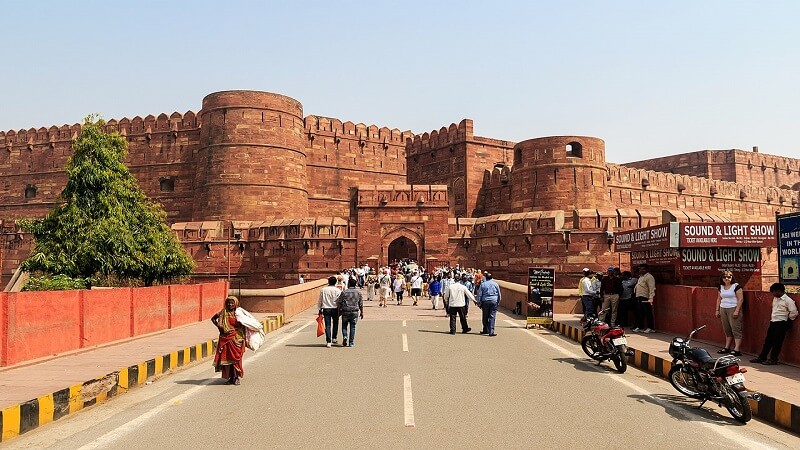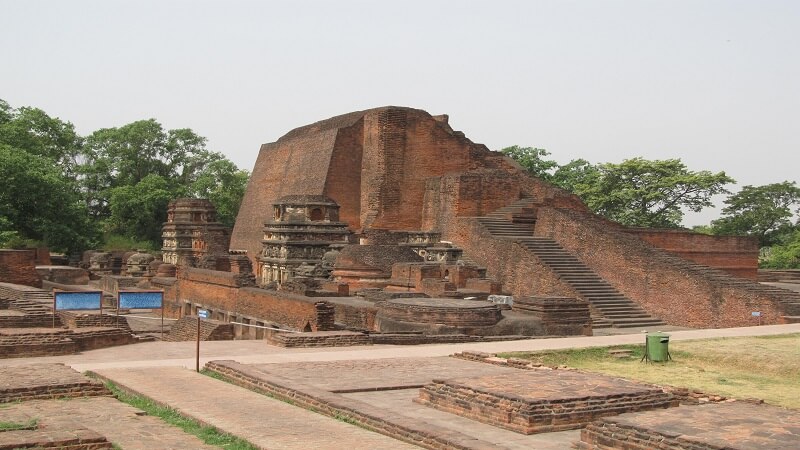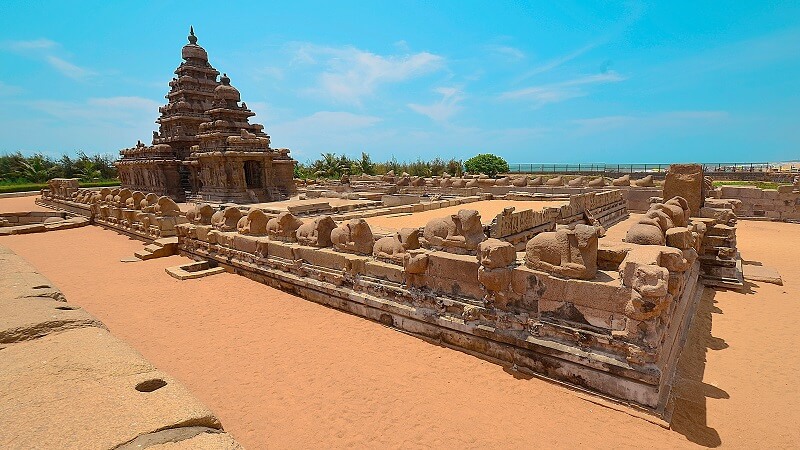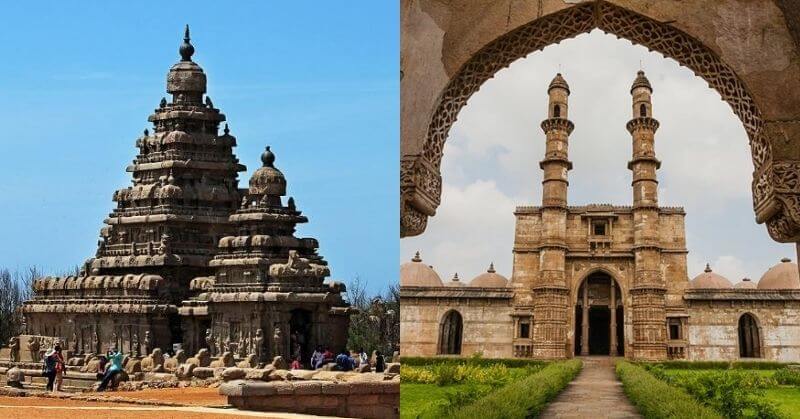5. Agra Fort, Uttar Pradesh

Agra Fort is one of the most important monumental structures built in the Mughal period. It was the main residence of the Mughal Emperor. It is situated very close to the Taj Mahal, which is about 2.5 km. The Agra Fort was declared as a World Heritage Site in 1983 and comprised several monuments building like Khas Mahal, Sheesh Mahal, Muhammad Burie, Diwan-e-Khas, Diwan-e-Am, Moti Masjid, and Nagina Masjid.
6. Archeological Site Of Nalanda Mahavihara

The Nalanda Mahavihara site is situated in Bihar, and it comprises the buildings of a monastic and scholastic institution dating from the 3rd century BCE to the 13th century CE. It includes residential and educational buildings and important artworks in stucco, stone, and metal. It also comprises the property of 23 hectares and 14 temples, and 11 viharas.
7. Group Of Monuments at Mahabalipuram

It is located along the Coromandel Coast that carved out from rocks. The Pallava Kings in the 7th and 8th centuries founded the group of monuments at Mahabalipuram. It comprises the chariots, mandapas, and giant open-air relief in addition to the thousands of sculptures. The Mahabalipuram temples are also known as the Seven Pagodas, which were built during the Pallava dynasty.
8. The Great Himalayan National Park

The Great Himalayan National Park is situated in the Kullu region in the state of Himachal Pradesh. It is added to the UNESCO Heritage site in 2014. It lies in the western part of Himalayan Mountain and is covered with high alpine meadows, snowclad peaks, and riverine forests. The Great Himalayan National Park is the living place for various floras and over 375 fauna species. In addition, the National park comprises the Tirthan and Sainj Wildlife Sanctuaries.














